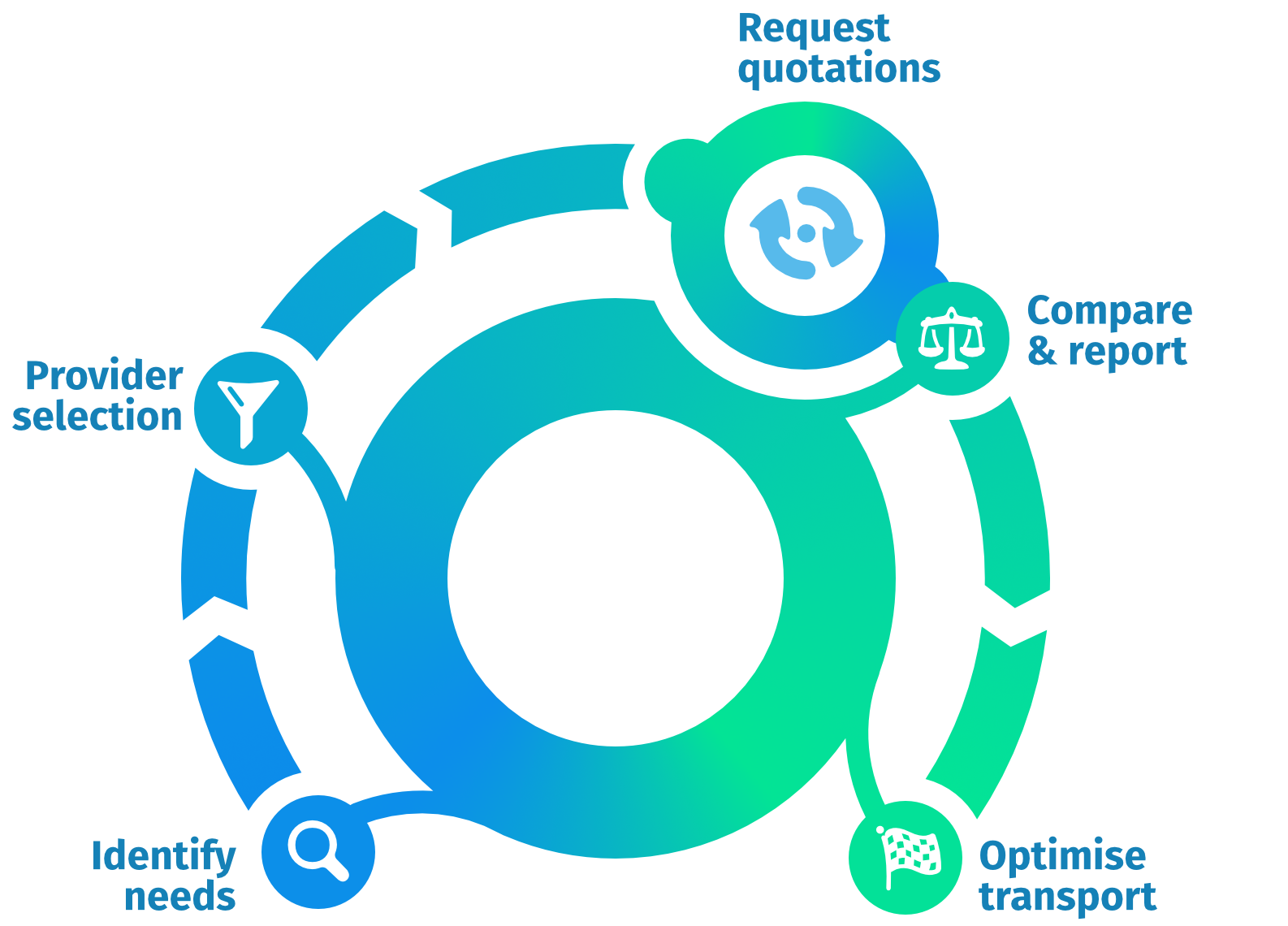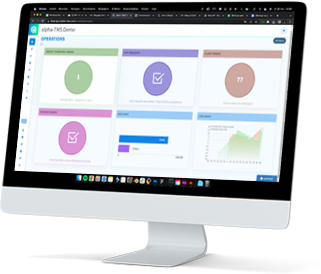Freight costs often contribute significantly to a company’s total operating costs. However, in the daily rush, companies often have limited insight and control over annual transport costs. This often results in no clear picture of the potential for savings and how savings can be achieved. We are happy to provide some practical tools to help you save on transport costs.
Transparent Data
Ensure that with the push of a button, you can access uniform, transparent data about your shipments, which can then be analyzed at both high-level and detailed. For example, for each shipment, it should be clear what the costs were, what the base rate was, what diesel surcharge was charged, what the mode of transport was, whether any other surcharges were charged, and if so, which ones, etc. Detailed data is the basis for saving on freight costs. If you do not have transparent data, it may be time to look into transport management software. In addition to gaining control and insight, a TMS often has useful features such as spot rate requests, which can help you save on both transport and handling costs.
Here are some examples of savings opportunities when you have the right data:
- Which customers are being serviced too often. Volume optimization can not only reduce freight costs but also reduce workload within the operation,
- Which surcharges are you paying? For example, map out for which customers you regularly incur waiting costs from carriers. With better coordination and planning, these costs may be avoided,
- Which modes of transport are you using? Perhaps there are opportunities to ship by train or barge more often. Weigh all the pros and cons, perhaps you can save on freight costs here,
- Have you selected the right carrier for the shipment? Each carrier has its own strengths and weaknesses in terms of cargo volume or region. Perhaps you are already working with carriers for other lanes who could have executed the shipment at lower costs,
- How many “Express” costs were incurred for urgent delivery, what were the reasons, and what can you do to prevent them in the future?
If you cannot easily get answers to such questions, it becomes difficult to identify savings opportunities and adjust operations on a regular basis. That is a waste and unnecessary in this digital age.
Procurement
Of course, you can save on freight costs with effective procurement without losing in quality and service. Again, the starting point is having uniform, transparent data available. Usually, companies can put together a shipment overview. However, what is often lacking is clear information about the dimensions and weights of the shipped goods. Most logistics service providers calculate during a tender or RFP what impact the shipment profile of the potential customer has on their network. Based on that, they can prepare a suitable quote. The lack of volume/weight information will mean they have to make assumptions. The result is that logistics service providers build buffers into the quote to ensure that the right returns are achieved when business is awarded. Incomplete shipment information via buffers results in higher quotes than necessary.
In addition to good data, knowledge of the transport market is important when purchasing transport. You can often save several to tens of percent if you involve the right parties in your procurement process. Transinnovate sees countless rate tables and quotes come by. Based on that, we can use our procurement service from an independent position to connect you with the parties that best match your price and service.
As part of the procurement project, there is another important aspect that can often save transportation costs, namely how you actually organize transportation. Companies often work with one carrier per country or sometimes one carrier per destination/customer. However, each carrier has its own strengths and weaknesses at the regional and volume levels. Using a smart combination of groupage, LTL, and FTL specialists can often provide significant additional savings. A groupage specialist, for example, prefers not to carry FTL shipments, and FTL specialists prefer not to carry groupage shipments, which is reflected in the quotes. Therefore, during a procurement process, it is important to carefully consider all possible options and combinations. By determining your ideal mix, you can significantly reduce your transportation costs. There is specialized software that can help you build the right scenario’s.
Align operations with quotes and vice versa
Make sure that you optimize your shipments based on the agreements you have made. For example, if you have agreed on a pallet rate with your carrier, make sure that the pallets are stacked as high as possible and that you use the largest possible pallet. If you have agreements based on loading meters and find that you regularly ship half-full pallets, you can save costs by including smaller pallets in your assortment. It is common for people involved in transportation operations to be unaware of commercial agreements on how to settle accounts, and they will not manage them in the daily process. By aligning these aspects within the organization, you can also save transportation costs.
We hope this has given you some guidance on how to start saving transportation costs. If you have any challenges in transportation, and would like to have a free brainstorm session with us, or want to know how we can support you in achieving your goals, please feel free to contact us.






